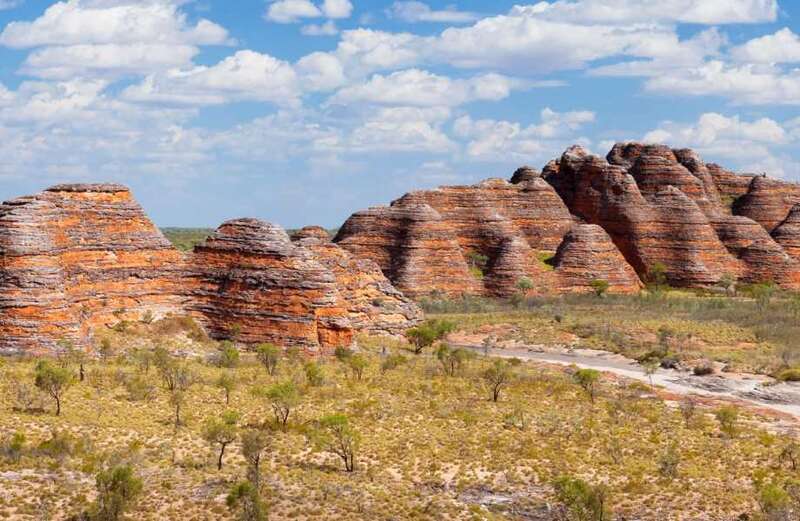NEW archaeological records provide evidence of a lost Atlantis-like landscape that early humans traveled on more than 70,000 years ago.
However, researchers have been left scratching their heads trying to understand how humans were able to trek across the land, traveling from Southeast Asia into modern-day Australia.


The research was published on April 23 in the Nature Communications journal, proposing possible answers while also helping to pinpoint archaeological sites that haven't been discovered in the hopes of yielding new evidence.
The supercontinent, once known as Sahul, was a landmass that was exposed thousands of years ago during the Pleistocene epoch - when Earth was in the middle of the last ice age.
Glaciation led to declining sea levels, exposing areas of the continental shelf that had previously been submerged.
 Cruise passengers stranded on New Year 'trip from hell' after fungus outbreak
Cruise passengers stranded on New Year 'trip from hell' after fungus outbreak
This revealed land connecting what is now mainland Australia to Papua New Guinea in the north and Tasmania in the south.
For thousands of years, sea levels have remained low but other geological and environmental conditions would have also evolved during this time period.
For example, there was likely a change in rainfall patterns, shifting river courses, and spreading or shrinking forests and grasslands.
All of these factors could place could have influenced the terrain and how humans interacted with it.
Researchers used the information to develop a landscape evolution model, simulating the changing landscape of Sahul between 75,000 and 35,000 years ago.
The simulation also uses possible migration routes from two locations in Southeast Asia, West Papua and the Timor Sea Shelf.
It also uses archaeological locations spread across the landscape.
Dating these areas helps pinpoint the periods when people would have been moving through the land.
The simulation also incorporates estimates from the Lévy walk foraging patterns - a type of movement that is used by hunter-gatherers to find food in unfamiliar landscapes.
This helped to estimate how fast humans were moving in these lands.
 We grew up devout Christians with no sex…now we're swingers in open marriage
We grew up devout Christians with no sex…now we're swingers in open marriage
"The new landscape evolution model allows for a more realistic description of the terrains and environments inhabited by the first hunter-gatherer communities as they traversed Sahul," said Tristan Salles, an associate professor at the School of Geosciences at the University of Sydney said in a statement.
Salles served as the lead author of the study, adding that researchers ran thousands of simulations to expose the routes humans most likely would have taken following landscape features and the availability of forageable food.
The researchers found that these routes would have taken the travelers along the coastlines and through the continent's interior, along major rivers and streams that were present at the time.
According to the calculations, these early humans likely traveled the land at a pace of about 0.71 miles, or 1.15 kilometers, a year - a relatively fast pace, said researchers.
Also, the simulation revealed a lap with regions where other researchers suggested that humans may have congregated on Sahul.
"There's one particularly interesting outcome from our map that shows the probability of human presence in Sahul," the authors wrote in an article for The Conversation.
"In a cost-effective way (without needing to travel across the entire continent), it could potentially pinpoint areas of archaeological significance."
The model helps to create what life in Sahul might have looked like, whereas past researcher has shown that up to half a million people may have once lived there.
"Our study is the first to show the impact of landscape changes on the initial migration on Sahul, providing a new perspective on its archaeology," the researchers wrote.
"If we used such an approach in other regions as well, we could improve our understanding of humanity's extraordinary journey out of Africa."





































